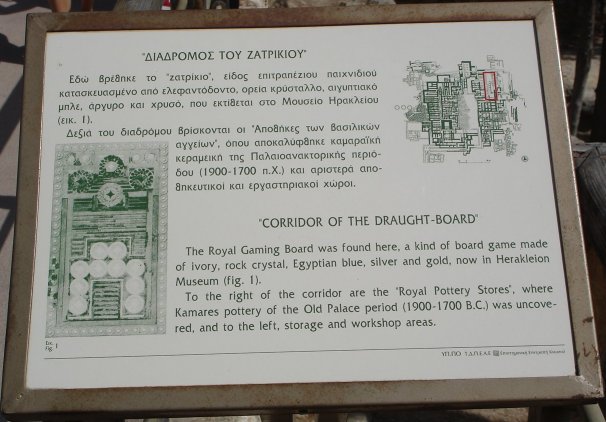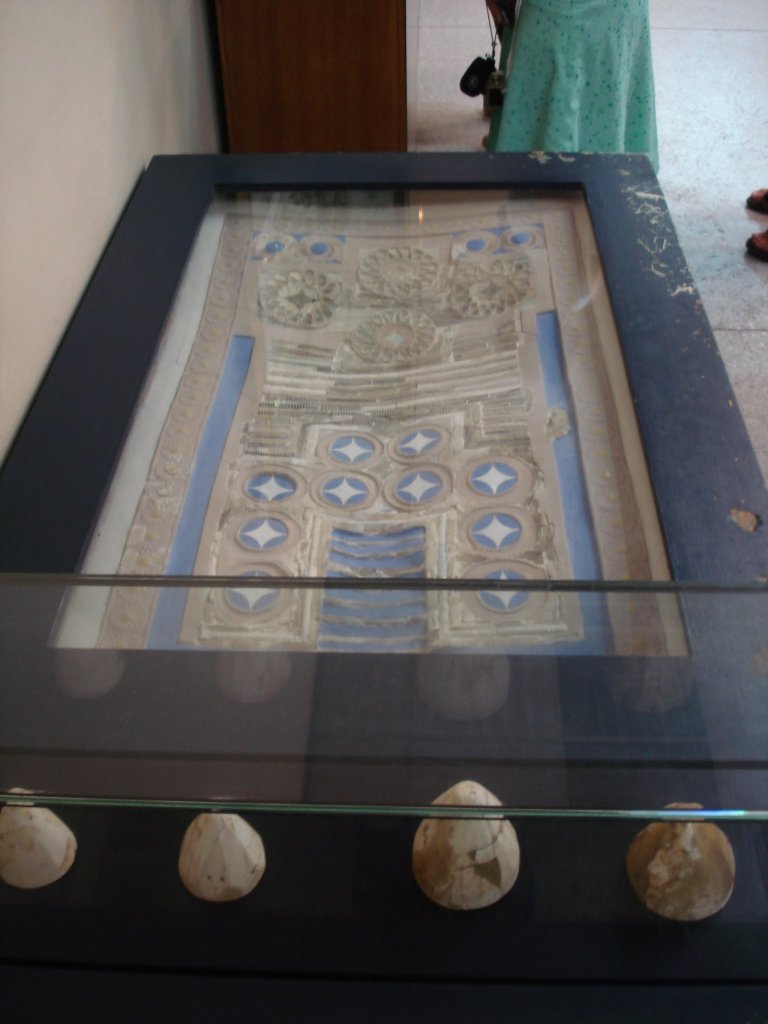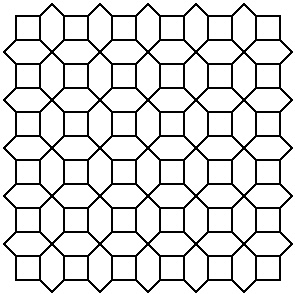Slowly Progressive Chess
As Scottish progressive chess, but with the next move list:
1 2 2 3 4 4 5 6 6 7 8 8 ...
A game sample:
Q n . . . . . . | 1. e4
p . p k . . . p | 2. d5:e4
. . . . . . . . | 2. Nc3:e4
. . b . O . . . | 3. Bf4:d1 e5
. . . . . . . . | 4. d3 Bg5:d8 K:d1
. . . . . p . . | 4. K:d8 Nf6:e4:f2+
O O . . . . . O | 5. Ke2:f2 d4:e5 Nf3
R . . . . K r . | 6. g54:f3:g2:h1Q:f1+
6. K:f1 c456:b:a8Q
7. Kd7 Bc5 f543 Rg8g1++
The slower progressive step allows for more tactical positioning and a game with a better tempo (between progressive and FIDE chess). The move list was made to minimize the first player advantage (it is more fair than the typical 1,2,3... sequence).
Another variant, even slower, uses the following list: 1 2 2 2 3 4 4 4 5 6 6 6 7 8 8 8 (which is also quite fair, regarding first player advantage). Here two game samples:
. . . . k . . N | 1. e4
p . p . p p p p | 2. d5:e4
. . . . . . . . | 2. Nc3:e4
. . . . . . . . | 2. Bg4:d1
. . . . . . . . | 3. Nc5:b:d8
. . . . . b n . | 4. Be2:f1:g2:h1
O . n O . O . O | 4. Ne6:f8g6:h8
. . B . K . N . | 4. Nc6d4b3:h1
5. b4b5b6b7:a8Q+
6. B:a1f3 Nh6f5g3 N:c2++
. . . . . . . . | 1. e4
. . . . . . . p | 2. d5:e4
. k . . . . . . | 2. Bc4:f7+
. . . . p . . . | 2. K:f7 Nf6
. . . . . . . . | 3. d3:e4 Q:d8
. . . . . . . Q | 4. e5 Bc5 R:d8 b5
. O O . . . . . | 4. Be3:c5e7:d8
. . . . K . . N | 4. N:e4:f2:h1 Nc6
5. a4:b5 R:a7:a8:c8
6. N:d8 Kd7c7:b8 c6:b5
6. N,,:h1 Na3:b5a7+
6. Kb:a7b6 Ne6f4:g2+
7. h456:g7g8Q:g2 Qh3 & wins




